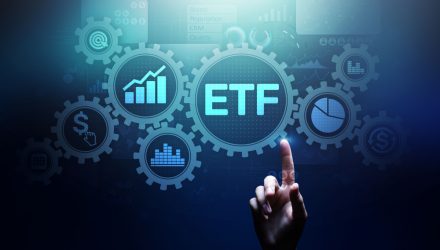Last month, American Century launched two actively managed, nontransparent exchange-traded funds (ETFs) that can bring the fight to mutual funds, especially when it comes to a price war. By in large, ETFs are typically cheaper than mutual funds, which are also actively managed–something that could help bring active management back in vogue.
It’s already been a price war with ETF providers playing a game of limbo–and how low can they go? If zero fees becomes the new standard, it’s anyone’s game to lose.
“There’s going to be a point where they become a level playing field, and ETFs, with their benefits, could outweigh those of mutual funds in the long term,” Rosenberg said.
There are various ways for investors to get active exposure via ETFs and in a variety of asset classes like preferred equities. One of these is the Principal Spectrum Preferred Securities Active ETF (PREF), which seeks to provide current income.
Under normal circumstances, PREF invests at least 80% of its net assets, plus any borrowings for investment purposes, in preferred securities at the time of purchase. Examples of preferred securities include preferred stock, certain depositary receipts, and various types of junior subordinated debt (such debt generally includes the contractual ability to defer payment of interest without accelerating an immediate default event). It concentrates its investments (invests more than 25% of its net assets) in securities in one or more industries within the financial services sector.
An Active International Option
Investors looking to get international exposure using an active strategy can look to the Goldman Sachs ActiveBeta International Equity ETF (GSIE). GSIE seeks to provide investment results that closely correspond, before fees and expenses, to the performance of the Goldman Sachs ActiveBeta® International Equity Index.
The fund invests at least 80% of its assets (exclusive of collateral held from securities lending) in securities included in its underlying index, in depositary receipts representing securities included in its underlying index and in underlying stocks in respect of depositary receipts included in its underlying index. The index is designed to deliver exposure to equity securities of developed market issuers outside of the United States.
For more market trends, visit ETF Trends.








